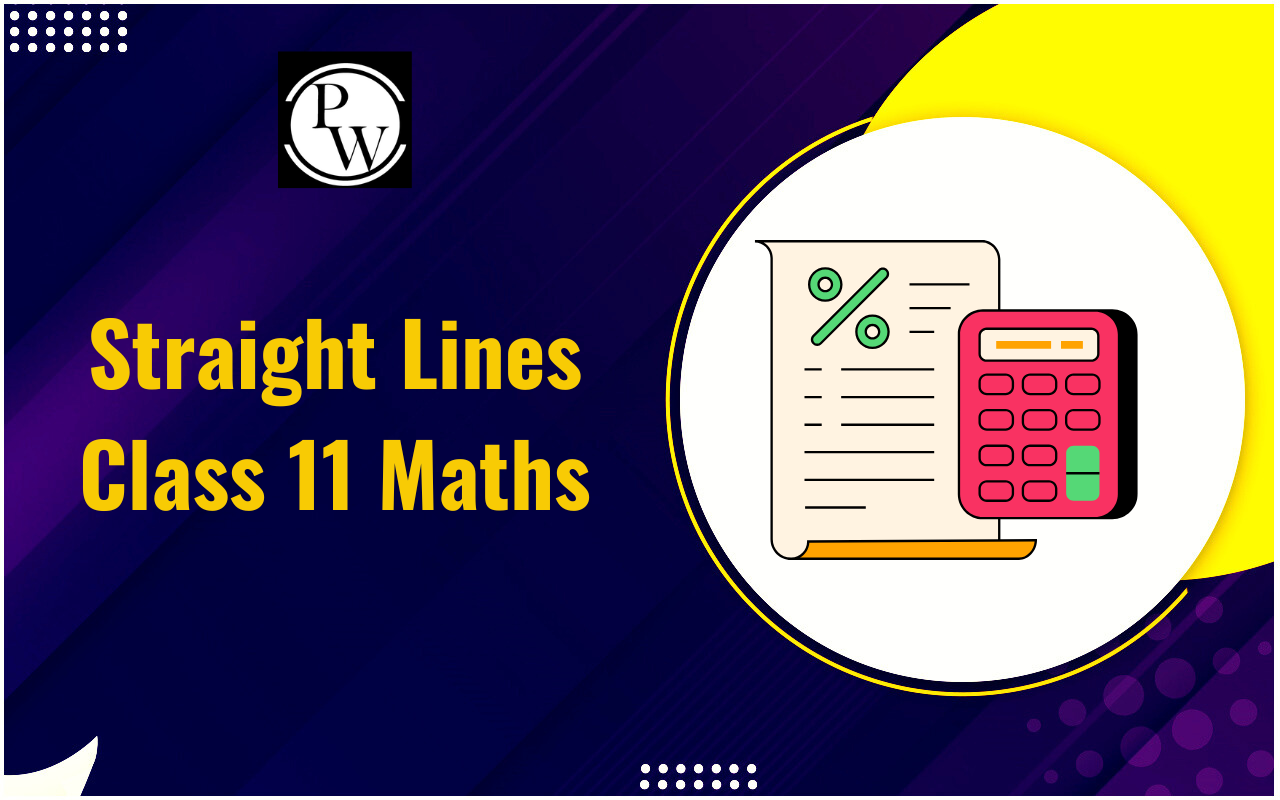
Deflation is an economic phenomenon characterised by a sustained decrease in the general price levels of goods and services over time. While often viewed as the opposite of inflation, it can have complex and significant economic effects.
It typically arises from various causes, including shifts in demand, changes in production costs, and fluctuations in the money supply. Understanding deflation is crucial for assessing its potential impact on economic stability and growth. In this overview, we will explore the definition of deflation, its causes, effects, and broader impact on the economy.What is Deflation?
It refers to a prolonged decrease in the prices of assets and consumer goods. It occurs when there is a sustained drop in demand, leading to widespread lower prices. Often termed negative inflation , it contrasts with inflation, where the cost of goods and services increases. It is commonly viewed as an economic challenge because it can exacerbate a recession or trigger it.Types of Deflation
Deflation can manifest in different forms, each driven by distinct underlying factors. Understanding deflation types helps identify their specific causes and potential economic impacts. Here are the main types of deflation:- Strategic Deflation : Strategic occurs when a country uses monetary policy to curb excessive consumption among its population. This approach aims to stabilise prices and prevent market prices from rising by reducing overconsumption.
- Circulation Deflation : Circulation arises from a nation's volatile economic conditions. It typically occurs during an economic slowdown or transition, leading to uncertainty and concern among the general population as the economy adjusts.
Causes of Deflation
Deflation, characterised by a general economic price decline, can arise from various factors. These causes often interact in complex ways, contributing to the overall deflationary trend. Understanding these causes is crucial for addressing deflationary pressures effectively. Here are some primary causes of deflation:- Decrease in Production Costs : When the cost of essential production inputs falls, such as a drop in cotton prices, the overall production cost for items like garments decreases. This reduction can lead producers to increase output, potentially causing an oversupply. If demand does not increase accordingly, businesses may need to lower their prices to attract consumers.
- Changes in Money Supply : If the central bank implements high interest rates, people will likely save more and spend less, reducing cash circulation within the economy. Additionally, it can occur if the money supply grows more slowly than economic output, leading to lower prices overall.
- Technological Advances : Innovations and adopting new technologies can boost aggregate supply by allowing producers to reduce production costs. As a result, product prices are likely to decrease as technology enables more efficient production.
| Also Read | |
| Cost classification | Abnormal Loss And Abnormal Gains |
| Concept of Authority | Karl Pearson's Coefficient of Correlation |
How does Deflation Impact an Economy?
Deflation can have complex and significant effects on an economy. Here’s a detailed look at how deflation impacts various economic factors:1. Consumer Spending
- Short-Term Impact : Consumers may delay purchases in anticipation of lower prices in the future, leading to reduced spending.
- Long-Term Impact : Lower consumer spending can decrease overall demand for goods and services, potentially leading to lower business revenues and profits.
2. Business Investment
- Reduced Revenue : Falling prices can erode business revenues, making it challenging for companies to cover costs and maintain profitability.
- Lower Investment : Decreased profitability and uncertainty about future economic conditions can lead businesses to cut back on investment and expansion plans.
3. Employment
- Job Losses : Businesses facing lower revenues may reduce their workforce or close altogether, leading to higher unemployment rates.
- Wage Pressures : In a deflationary environment, wages may be pressured as companies try to reduce costs, further affecting consumer spending.
4. Debt Burden
- Increased Real Debt Value : It increases the real value of debt, making it more expensive for borrowers to repay loans. This can lead to higher default rates and financial strain on individuals and businesses.
- Credit Crunch : As borrowers struggle with higher debt loads, lenders may tighten credit conditions, further reducing the availability of loans and impacting economic growth.
5. Economic Growth
- Reduced Output : Lower consumer spending and business investment can lead to reduced economic output and slower growth.
- Recession Risk : Persistent deflation can deepen economic recessions and lead to a deflationary spiral, in which falling prices reduce economic activity and further deflation.
6. Monetary Policy
- Limited Effectiveness : Central banks may face challenges in addressing it with traditional monetary policy tools, such as lowering interest rates. When rates are already low, additional cuts may have limited impact.
- Inflation Expectations : Managing inflation expectations becomes crucial, as prolonged it can lead to expectations of further price declines, complicating economic recovery efforts.
7. Asset Prices
- Lower Asset Values : It can lead to declines in asset prices, affecting the value of investments and potentially leading to financial losses for investors.
- Investment Shifts : Investors may shift their portfolios in response to changing asset values, impacting financial markets.
8. International Trade
- Competitive Advantage : It can make a country’s exports cheaper, potentially improving its trade balance. However, the negative impacts on global economic conditions and trading partners may offset this benefit.
Disadvantages Of Deflation
While it might seem beneficial due to lower consumer prices, it can have several negative economic consequences. These disadvantages can significantly impact economic stability and growth. Understanding potential drawbacks is important for effectively addressing its adverse effects. Here are some key disadvantages of deflation:- Reduced Spending : Consumers might reduce their expenditure on luxury items, anticipating further price drops. This decreased spending can negatively impact the economy by reducing overall demand.
- Investment Losses : It can erode the value of stocks and investments, leading to financial losses for investors and manufacturers.
- Investment Losses : It can erode the value of stocks and investments, leading to financial losses for investors and manufacturers.
- Lower GDP : It can result in decreased economic output, lower consumer spending, higher debt levels, and greater unemployment, contributing to reduced GDP growth and increased economic uncertainty.
Advantages Of Deflation
Deflation, while often viewed negatively due to its potential to exacerbate economic downturns, can have certain advantages. Here are some potential benefits of deflation:- Increased Purchasing Power : As prices fall, consumers can buy more goods and services with the same amount of money. This increase in purchasing power can improve the standard of living for individuals and families.
- Enhanced Savings : It can encourage people to save more, as the real value of savings increases when prices decline. This can lead to a greater accumulation of wealth over time.
- Lower Costs for Businesses : Reduced prices for raw materials and production inputs can lower operating costs. This can increase profitability or enable businesses to pass on savings to consumers through lower prices.
- Incentives for Efficiency : Companies may be motivated to improve efficiency and productivity to maintain profitability in an environment. This can foster innovation and technological advancement.
- Debt Relief : For some borrowers, it can reduce the real value of existing debt, making it easier to repay loans if their income remains stable or increases.
- Attractive to Investors : In some cases, it can attract investors seeking lower prices for assets or investments. This can lead to potential investment opportunities and returns.
Begin your journey towards academic excellence in Commerce with our comprehensive Commerce courses . Master the CBSE syllabus with expert guidance and ace your exams. Enroll now!”
Deflation FAQs
What are the consequences of deflation?
Deflation can lead to reduced consumer spending, increased unemployment, and an overall slowdown in economic growth. It may also cause consumers to delay purchases in anticipation of lower prices, further exacerbating economic issues.
What is deflation?
Deflation is the general decline in the prices of goods and services, which effectively increases currency's value.
What are the causes of deflation?
Deflation can occur due to various factors, including decreased aggregate demand for goods and services, increased productivity, or reduced production costs.
🔥 Trending Blogs
Talk to a counsellorHave doubts? Our support team will be happy to assist you!

Check out these Related Articles
Free Learning Resources
PW Books
Notes (Class 10-12)
PW Study Materials
Notes (Class 6-9)
Ncert Solutions
Govt Exams
Class 6th to 12th Online Courses
Govt Job Exams Courses
UPSC Coaching
Defence Exam Coaching
Gate Exam Coaching
Other Exams
Know about Physics Wallah
Physics Wallah is an Indian edtech platform that provides accessible & comprehensive learning experiences to students from Class 6th to postgraduate level. We also provide extensive NCERT solutions, sample paper, NEET, JEE Mains, BITSAT previous year papers & more such resources to students. Physics Wallah also caters to over 3.5 million registered students and over 78 lakh+ Youtube subscribers with 4.8 rating on its app.
We Stand Out because
We provide students with intensive courses with India’s qualified & experienced faculties & mentors. PW strives to make the learning experience comprehensive and accessible for students of all sections of society. We believe in empowering every single student who couldn't dream of a good career in engineering and medical field earlier.
Our Key Focus Areas
Physics Wallah's main focus is to make the learning experience as economical as possible for all students. With our affordable courses like Lakshya, Udaan and Arjuna and many others, we have been able to provide a platform for lakhs of aspirants. From providing Chemistry, Maths, Physics formula to giving e-books of eminent authors like RD Sharma, RS Aggarwal and Lakhmir Singh, PW focuses on every single student's need for preparation.
What Makes Us Different
Physics Wallah strives to develop a comprehensive pedagogical structure for students, where they get a state-of-the-art learning experience with study material and resources. Apart from catering students preparing for JEE Mains and NEET, PW also provides study material for each state board like Uttar Pradesh, Bihar, and others
Copyright © 2025 Physicswallah Limited All rights reserved.
Get App









